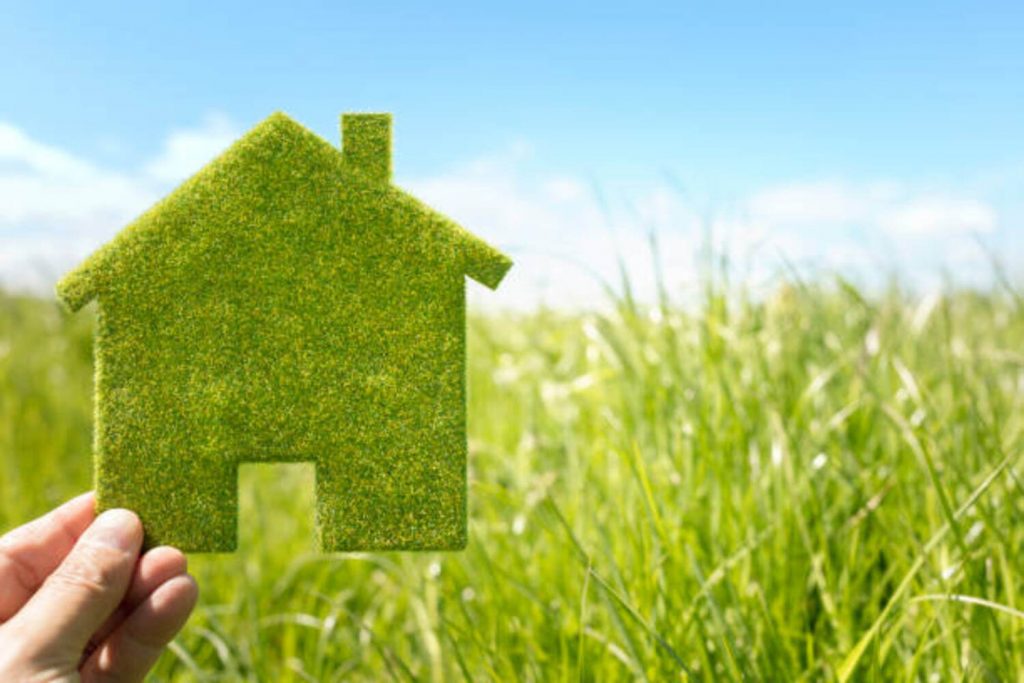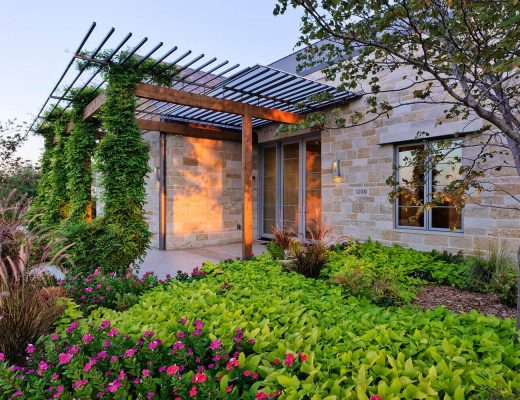Congratulations! You’re finally able to have your dream home built. Nothing’s more special than a custom house designed to suit your taste and needs. Whether you’re going for a design involving glass walls, traditional architecture, or minimalism paired with a beautiful lawn, a custom home will give you the freedom to choose anything you want.
See, with so many houses being built everywhere, it’s hard to find individuality anymore. So this is your chance to make a statement and create something unique that nobody else has. And on top of distinguished aesthetics, you can help the planet with it. How? Here are eleven ways to make your new custom house eco-friendly.
1. Consider Solar Design
It’s hard to hide the fact that solar panels are expensive. At least, at first glance. However, the returns of this investment on your energy bill will more than makeup for the initial amount, especially if you live in a sunny climate. In addition to generating electricity from sunlight, solar panels add more resale value to your house and feature a unique flair that can’t be found in typical homes. With proper installation and maintenance, you can conveniently have electricity during massive outages in your area.
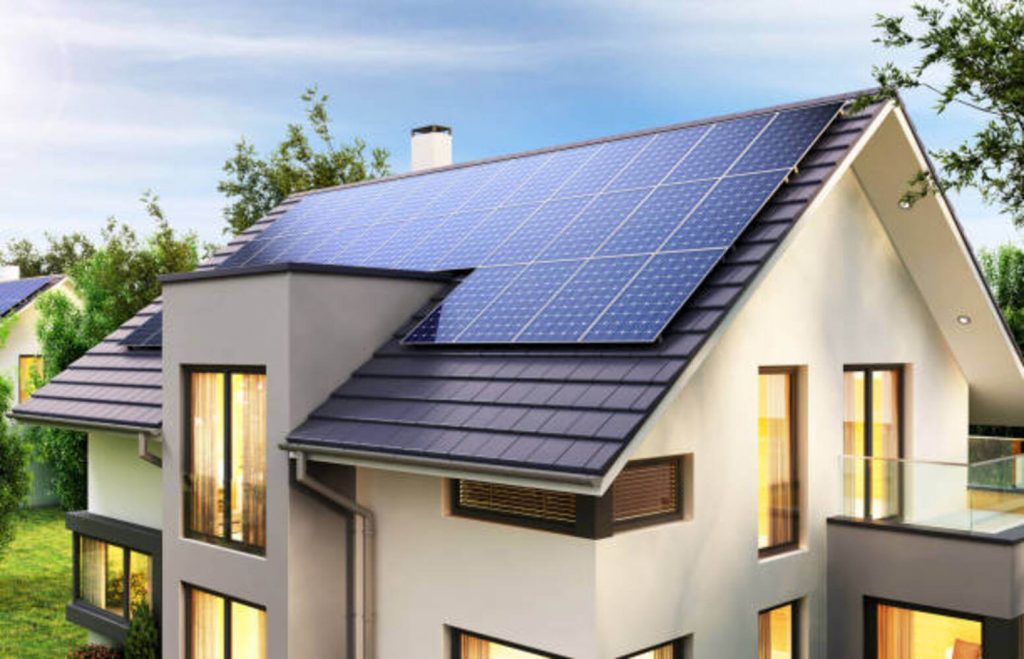
2. Get a Cool Roof
Cool roofs are perfect for making your home cooler. Basically, it is an enhanced roofing system that reduces the heat by reflecting sunlight rather than absorbing it. This reflective surface causes rapid cooling of your home’s interior because radiant energy goes right back into space rather than being absorbed inside by roof materials such as asphalt shingles or wood.
3. Choose Eco-Friendly Siding Material
Siding makes up the majority of your home’s exterior. It protects your home from the weather, helps with insulation, and improves aesthetics. When choosing siding, go for those made of eco-friendly material. This includes wood, brick, or stone (since they are natural elements), stucco siding, and fiber cement. These materials are known to reduce energy bills by distributing heat evenly. That being said, be sure to hire a reputable contractor for installation. Improperly installed siding often does more harm than good in the long run.
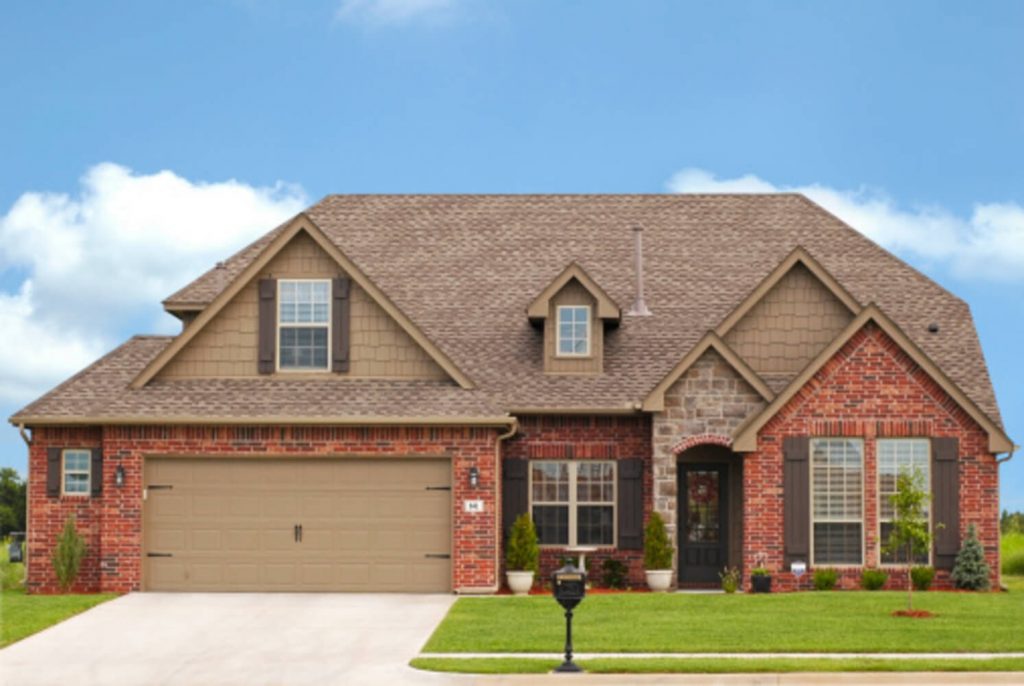
4. Plant a Lot of Trees
What’s more environment-friendly than a bunch of trees? These little towers of nature provide shade for your house and absorb carbon dioxide to keep your home cool during the summer. On top of that, they provide oxygen. Even if you don’t have a large yard, planting one or two trees should be enough to make a difference in the years to come.
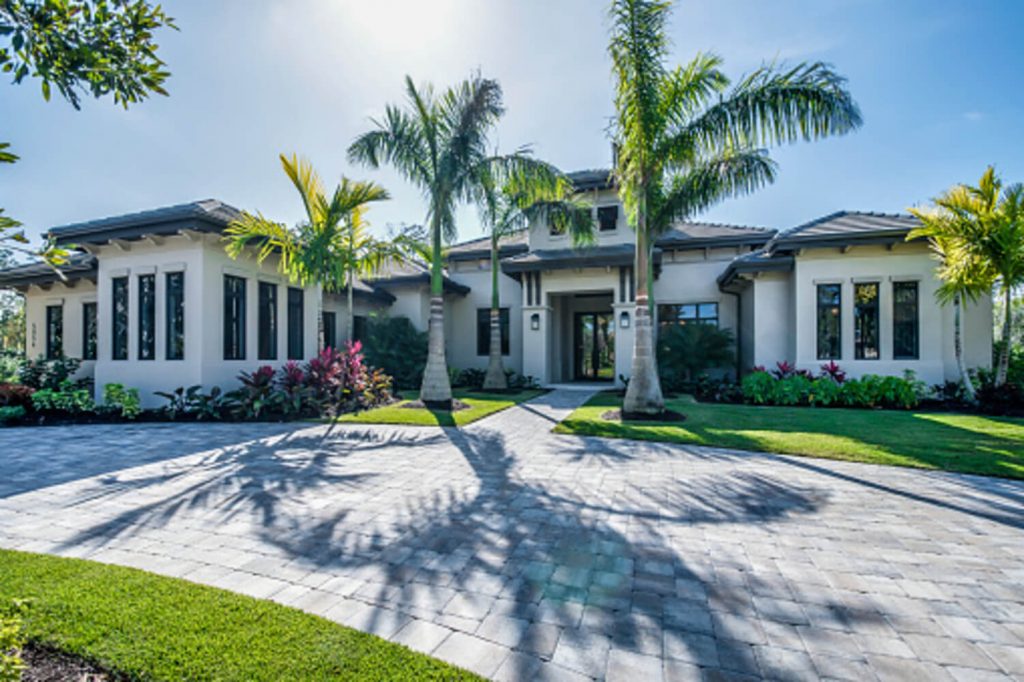
5. Consider Insulation
Insulation involves putting layers of heat-resistant material on the upper portion of your house. Common examples include foam, fiberglass, and cellulose fibers. They can act as a barrier that distributes heat evenly to help lower your energy bills and lessen the environmental impact of your consumption by reducing greenhouse gases. It is a relatively easy, inexpensive means to make your new custom home more eco-friendly. Just be sure to match the thickness of the material with your structure’s integrity.
6. Use Eco-Paints
Eco paints are those made from natural materials such as soy, clay, citrus, minerals, or egg. They’re relatively cheap, don’t have an odor, and contain almost entirely no toxic chemicals during the manufacturing process. You can use it to paint your kitchen appliances, furniture, and the walls of your house. More importantly, this type of paint won’t release harmful fumes into the air whenever there’s a fire.
7. Replace Bulbs with LED Lights
Gone are the days of incandescent or fluorescent light sources. Nowadays, light-emitting diodes (LEDs) are the way to go since they’re more efficient and last longer. Their expensive price tag upfront might seem more costly but believe this, the energy you save for brighter light quality makes up for it in the long run.

8. Maintain a Good Gutter System
Gutters serve as channels for directing away rainwater from your home. Not only do gutters reduce the likelihood that you’ll have leaks or floods, but they also lower the risk of mold growth by stopping moisture inside your home’s foundation. That’s why it makes sense not to skimp on your gutter investment. Once you’ve got a good system in place, always remember to maintain it to avoid problems later on.
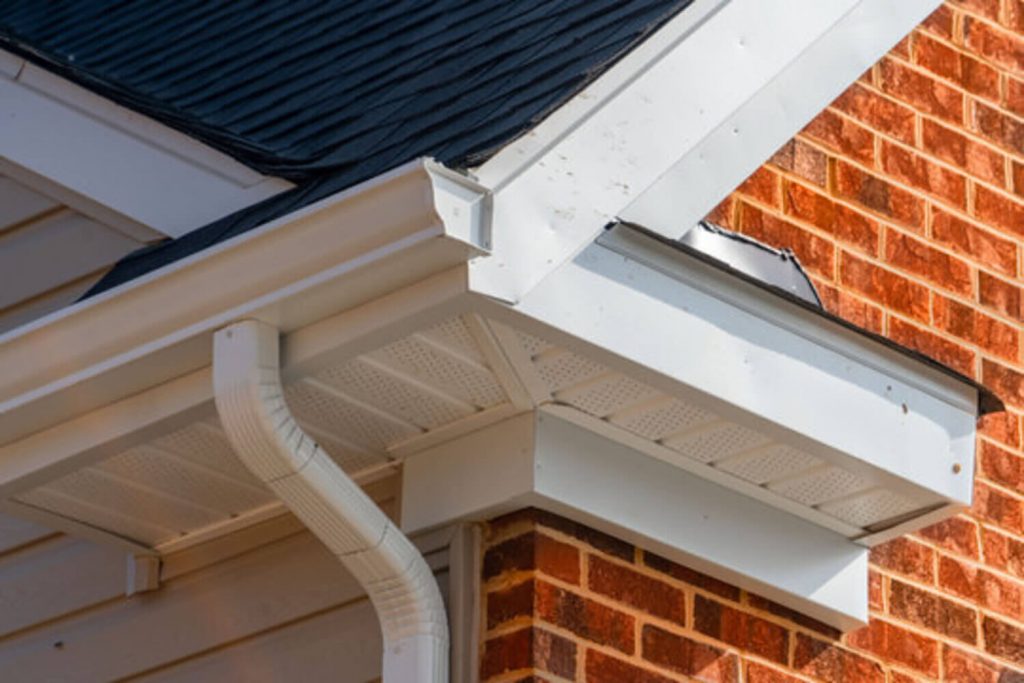
9. Dig a Compost Pit
Using compost is an inexpensive and easy way to enrich your soil and help your plants grow healthier and better. This also means spending less money on fertilizers. To keep the compost bin healthy, you can use some soil, dried leaves or grass clippings, food scraps (without meat), coffee grounds, tea bags, eggshells, or vegetable peels. Not only will you be contributing to the air quality thanks to healthier plants, but you’re also reducing your waste production.
10. Install Rain Barrels
Rainwater is precious, especially when you live in an area with little rainfall. Barrels are an excellent solution to have a considerable supply of water. They funnel rainwater from the roofs of houses into a storage unit to be used to water plants and wash cars. Be sure to use a barrel with a screen to catch pests.
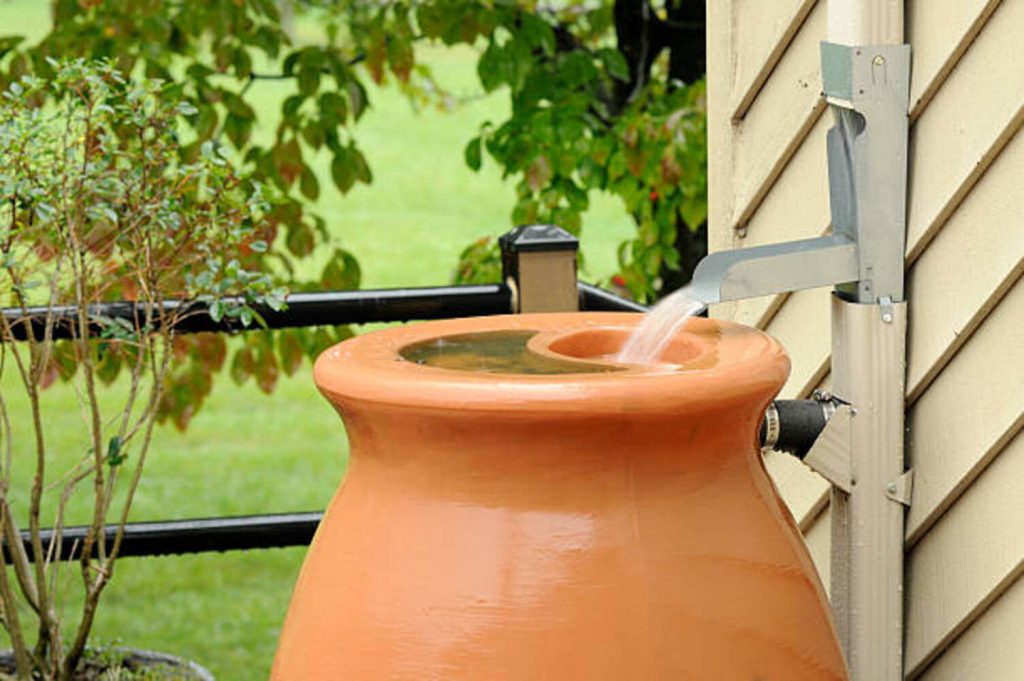
11. Mind Your Windows
When choosing between types of windows, go with high-performance ones. Such windows are made with low U-factor and high R-value glass that will keep heat in during winter months and block sunlight when needed. Remember that windows account for almost 40% of the heat distribution inside your house since they let air in and out. That said, you’ll ideally want reflective technology for warm climates and windows with good insulation value for colder areas.
Conclusion
Eco-friendly homes are a blessing in this world being plagued by climate change and pollution. You might think it’s an insignificant concept, but choosing environment-friendly standards in the construction of your new home will make the difference in the years to come.

